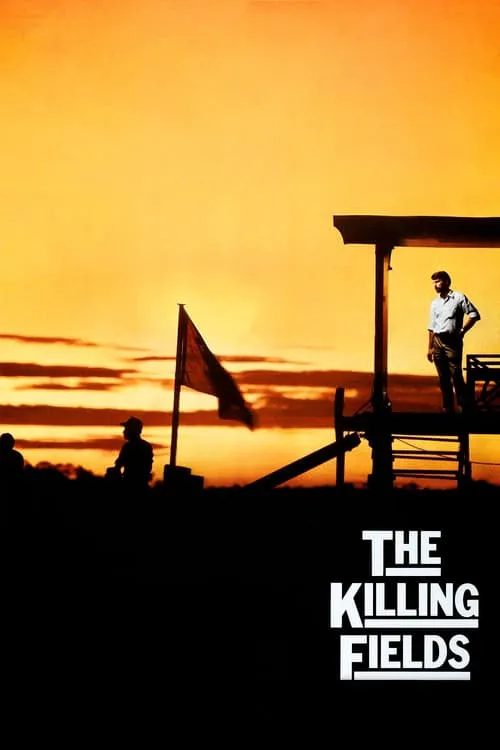The Killing Fields

Plot
The Killing Fields is a poignant and powerful drama that delves into the horrors of the Cambodian Civil War, a period marked by unimaginable brutality, suffering, and loss. Based on a true story, the film tells the tale of two men, New York Times reporter Sydney Schanberg and local interpreter Dith Pran, whose lives become inextricably entwined as they navigate the treacherous landscape of war-torn Cambodia. The story begins in the late 1970s, when Sydney Schanberg, played by Sam Waterston, arrives in Phnom Penh with his photographer, Al Rockoff, to cover the growing tensions between the Khmer Rouge and the Cambodian government. Schanberg is a seasoned journalist, known for his courage and dedication to the truth, and he quickly forms a strong bond with Dith Pran, played by Haing Ngor, a Cambodian interpreter who becomes his translator and guide. As the U.S. Army begins to withdraw its troops, Schanberg and Rockoff are faced with the reality of their own mortality. They know that the Khmer Rouge, a radical socialist movement led by Pol Pot, will not hesitate to target foreign journalists and Westerners. In an effort to protect Pran and his family, Schanberg makes arrangements for their departure, but Pran refuses to leave, insisting that he must stay behind to continue his work as a journalist. Schanberg is torn between his duty to protect Pran and his desire to continue reporting on the unfolding story. Against his better judgment, he ultimately decides to let Pran stay, trusting that the young interpreter will be able to take care of himself and his family. This decision sets in motion a chain of events that will have devastating consequences for both men. As the Khmer Rouge gains control of Phnom Penh, Schanberg and Rockoff are forced to flee the city, leaving Pran and his family behind. Schanberg is wracked with guilt and anguish, haunted by the fear that he has abandoned Pran to a terrible fate. Back in New York, he becomes increasingly obsessed with finding Pran, scouring the countryside for any sign of his lost friend. Meanwhile, Pran finds himself trapped in a nightmarish world of brutality and oppression, where anyone who is deemed a threat to the Khmer Rouge's regime is subject to summary execution. He is forced to work in a labor camp, toiling under the blistering sun, where he witnesses unimaginable atrocities, including the mass murder of intellectuals, artists, and professionals. Despite the danger, Pran finds a way to survive, using his wits and his cunning to stay one step ahead of his captors. He also manages to send coded messages to Schanberg, who becomes convinced that his friend is still alive. The messages become a lifeline for Schanberg, keeping him sane as he delves deeper into the story, eventually winning the Pulitzer Prize for his reporting. The Killing Fields is a film that will leave you shaken, horrified by the sheer brutality of humanity's capacity for cruelty. It is a powerful tribute to the resilience of the human spirit, as Pran and Schanberg struggle to hold on to their dignity and their sanity in the face of unimaginable suffering. Through the story of these two men, the film sheds light on one of the darkest periods in modern history, reminding us of the importance of truth, courage, and the power of the human spirit to survive even the most inhumane conditions. The film features stunning cinematography, which captures the stark beauty of Cambodia's landscape, as well as the stark brutality of the Khmer Rouge's regime. The performances by the cast, particularly Haing Ngor, who won an Academy Award for his portrayal of Dith Pran, are outstanding, imbuing the film with a sense of authenticity and depth. Overall, The Killing Fields is a masterpiece of filmmaking, a powerful and moving tribute to the human spirit that will leave you changed forever. It is a film that will haunt you long after the credits roll, a reminder of the importance of truth, courage, and compassion in the face of unimaginable adversity.
Reviews
Recommendations




